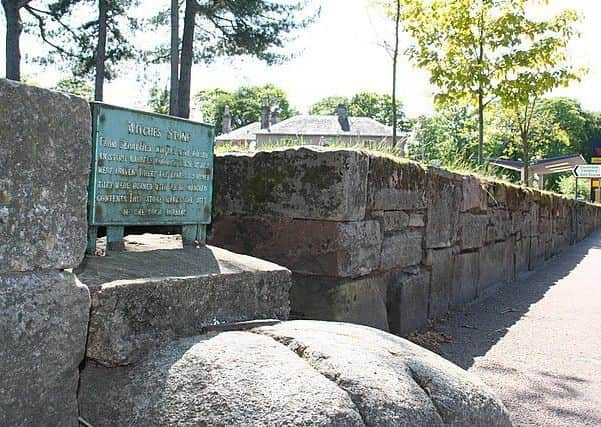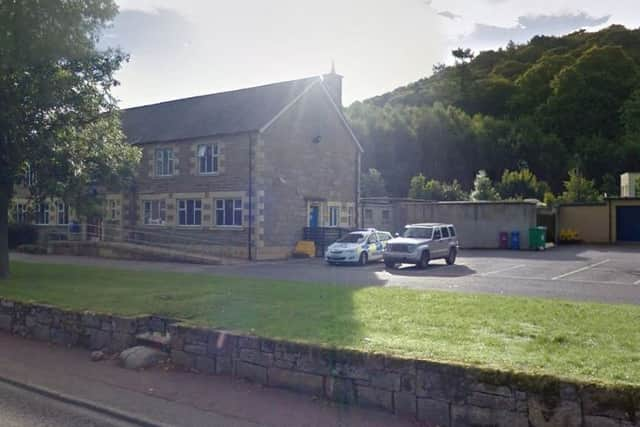Forres Witches Stone recalls one of Scotland’s most horrific witch trials


Situated, coincidentally, outside the local police station in the northern town, the Cluny Hill Witches Stone marks the spot where one poor woman’s life came to a violent and excruciating end.
And if anyone is in any doubt as to just how excruciating an end it must have been, then they should read what is written next to the stone.
Advertisement
Hide AdAdvertisement
Hide AdAbove the stone, which is cracked in three and held together with iron staples, is a small plaque, which reads: “From Cluny Hill witches were rolled in stout barrels through which spikes were driven. Where the barrels stopped they were burned with their mangled contents. This stone marks the site of one such burning.”


An utterly horrid way to go, to say the very least, and one which pretty much guaranteed death. Should the individual survive this barbaric ordeal, however, their endurance would be used as firm evidence they were indeed in tow with the devil and they’d be burned anyway.
According to local legend, the Cluny Hill stone was split into three to be used as building material for a nearby house. The person responsible for this supposedly became sick with the fever soon after they moved into their new dwelling. Naturally, it was assumed that the stone was cursed. The house was demolished and the stone returned to its original site.
It’s said the Cluny Hill witch was burned for being one of the three found guilty of bewitching King Duncan in 1040 AD. Some historians, however, believe the stone dates from much later, namely the period after the Reformation, when witch hunts were on the increase.
Post-Reformation, witch burnings were not uncommon in Scotland, with our little nation being one of the most enthusiastic in Europe in this regard thanks to the passing of the Scottish Witchcraft Act of 1563 which deemed the practice of witchcraft and consultation with witches as punishable by death.
Some estimates put the number of witches tried in Scotland at more than 4,000 with incidents hitting a peak in the late 16th century.
By the 18th century, however, scepticism was beginning to spread along with the initial stirrings of the Scottish Englightenment movement, which would eventually see the law altered in the favour of suspected witches.
The last known execution of a witch in Scotland took place in Dornoch, Sutherland in 1722, with the Witchcraft Act thrown out 14 years later.